Diana Craig Patch
Finding the fragment of a faience ring surmounted by a squatting frog led me to think about why frogs appear regularly as amulets or as decoration on small objects at Malqata. Years ago, the Met’s Egyptologists brought back seven frog amulets from their excavations for our collection. We know these are amulets because they are pierced to be strung as part of a necklace or bracelet, or perhaps even as decorative elements for rooms of the palace. The collection includes two molds for the manufacture of such amulets as well.
A study of the range of variation among our frogs indicates that they were all made in different molds. Their features are presented in various colors of faience –turquoise, light blue, and even green– sometimes with eyes whose color contrasts sharply with their bodies. These last are my personal favorites.
This leads us to consider why frogs are an important image at this site. After all, if you look at amulets throughout ancient Egyptian history, frogs are a constant but not at all common subject for amulets, unlike wedjat-eyes, scarabs, or Bes-image amulets. Although the sample in our collection is small, frogs are a significant theme, one of the more frequent subjects outside of floral elements, which seem to be the most common.
Many people who are interested in ancient Egypt know that the frog-headed Heqet is one of the key participants in child-birthing scenes. She is the goddess seen kneeling and assisting at the critical moment. So it is not surprising that frogs were associated with the concept of fertility. Both adult and young frogs would have been present in ancient Egypt in large numbers, reinforcing this association as well as one with overall fecundity. I think, however, it’s their cycle of reproduction that results in the massive birth of young frogs at the time of inundation. This would have worked well with the theme of Amenhotep III’s rejuvenation at his sed-festival. In the New Kingdom, frogs were a significant symbol of rejuvenation and eternity.
In ancient times, frogs were certainly common inhabitants of marshes and the Nile, so much so that the hieroglyph representing the number 100,000 and the concept of “too many count” was that of a tadpole. Although once abundant, today frogs are less common in Egypt, although at least seven species of toads and frogs remain. Like many other countries worldwide, including the United States, frogs have lost habitat to the housing needs of a growing population and suffer poisoning from pesticides and other chemicals that enter into their watery habitat. Also in Egypt, the need to provide an already large and growing body of university students with access to scientific knowledge in the classroom has recently severely impacted their numbers. Frogs are a keystone species, meaning that the ecosystem of which they are a part is seriously damaged if their numbers become too low. Tadpoles and frogspawn are are important food for many fish, and frogs are dinner for snakes and other animals. At the other end of this chain, frogs themselves eat insects, helping to control the large mosquito and fly populations that annoy old and young alike.
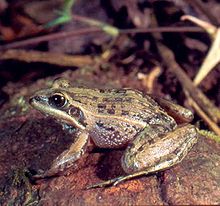
Mascarene grass or ridged frog (Ptychadena mascareniensis) (http://en.wikipedia.org/wiki/Mascarene_grass_frog)
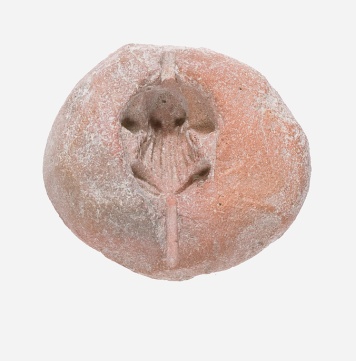
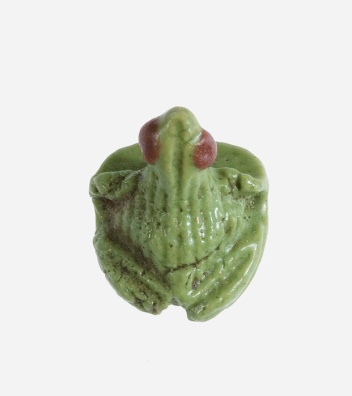
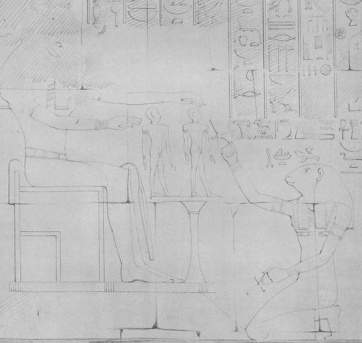
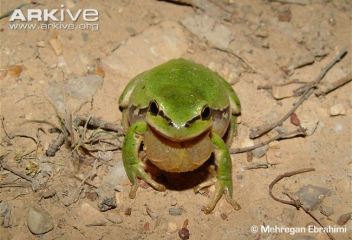
Leave a comment